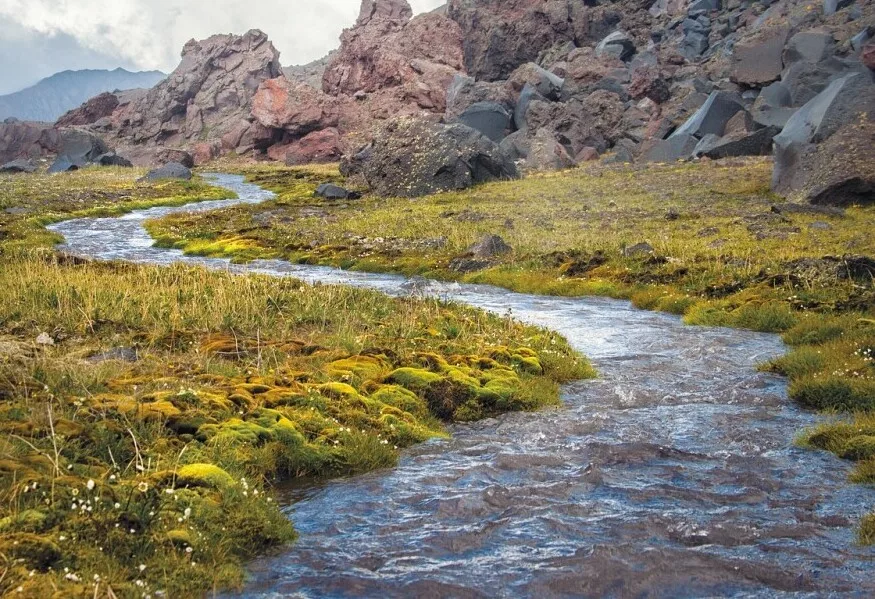How to Get Clean Water When Camping and Backpacking
Welcome to another guide from Hailey’s outdoor adventures! This time, we’re diving into one of the most crucial aspects of camping and backpacking: obtaining clean and safe drinking water. Whether you’re hitting the trails solo, exploring with your kids, or venturing into the backcountry, knowing how to purify water is essential for your health and safety.

Importance of Water Filtration
When you’re out in nature, the importance of water filtration cannot be overstated. Drinking untreated water can expose you to various pathogens and contaminants, leading to serious illnesses. Here are the common pathogens you might encounter:
- Bacteria: E. coli, Salmonella
- Protozoa: Giardia
- Viruses: Norovirus, Rotavirus, Hepatitis A (less common in water)
- Parasitic Worms: Found in specific regions and bodies of water
Filtering and purifying your water ensures that you and your companions stay healthy and hydrated throughout your adventure.
Water Filtration and Purification Methods
Water Filters
Water filters are a reliable way to remove pathogens from your water. Here are some popular types:
- Gravity Filters: These use gravity to filter large quantities of water, making them ideal for group use. Example: Platypus Gravity Filter.
- Squeeze Filters: Lightweight and portable, these are perfect for solo backpackers. Example: Katadyn BeFree, Sawyer Squeeze.
- Pump Filters: Hand-operated and great for filtering water from pools. Example: MSR MiniWorks EX, MSR Guardian Purifier.
- Bottle Filters: Integrated filters in water bottles are convenient for personal use. Example: Grayl GeoPress.
- Straw Filters: Compact and best for personal use, though slower to use. Example: LifeStraw Peak.
Note: In cold weather, filters can freeze. Keep them in your sleeping bag to prevent this.
Water Purification Tablets
Water purification tablets use chemicals like chlorine dioxide or iodine to purify water.
Pros: They are compact, lightweight, and make an excellent backup option.
Cons: They can cause stomach upset and leave a chemical taste in the water.
Examples: Iodine tablets, Aquatabs.
Ultraviolet (UV) Light Purifiers
UV purifiers use ultraviolet rays to destroy microorganisms’ DNA, making the water safe to drink.
Pros: They are small, battery-operated, and work quickly. Cons: They do not remove particulates or chemicals, so pre-filtering may be necessary.
Example: Katadyn Steripen.
Boiling Water
Boiling water is a tried-and-true method to kill pathogens.
Process: Boil water for at least one minute (longer at higher altitudes). Pros: This method is reliable and effective against pathogens. Cons: Boiling does not remove chemicals or sediment and consumes fuel.
Recommended stoves: Jetboil Flash, MSR PocketRocket.
Recommendations
Choosing the right water purification method depends on your specific needs and situation:
- Personal Use: The Sawyer Squeeze is lightweight and easy to use, making it an excellent choice for solo hikers.
- Group/Family Use: The Platypus Gravity Filter is perfect for filtering larger quantities of water, ideal for families or groups.
- Camping at Designated Sites: These sites often have potable water available, so heavy-duty filters might not be necessary.
- Dispersed/Off-grid Camping: Always bring a reliable water filter, like the Platypus Gravity Filter, for safe drinking water.
Additional Resources
For more tips and in-depth guides, check out Hailey’s other backpacking posts. Whether you’re gearing up for a family adventure, planning a road trip, or hiking through winter landscapes, having access to clean water is a fundamental aspect of a successful and enjoyable outdoor experience. Stay safe, stay hydrated, and happy trails!
** Here’s a little transparency. Our website contains affiliate links. This means if you click and purchase, we may receive a small commission. Don’t worry, there’s no extra cost to you. It is a simple way you can help support our mission to bring you quality content. **
(As an Amazon Associate, I earn from qualifying purchases)